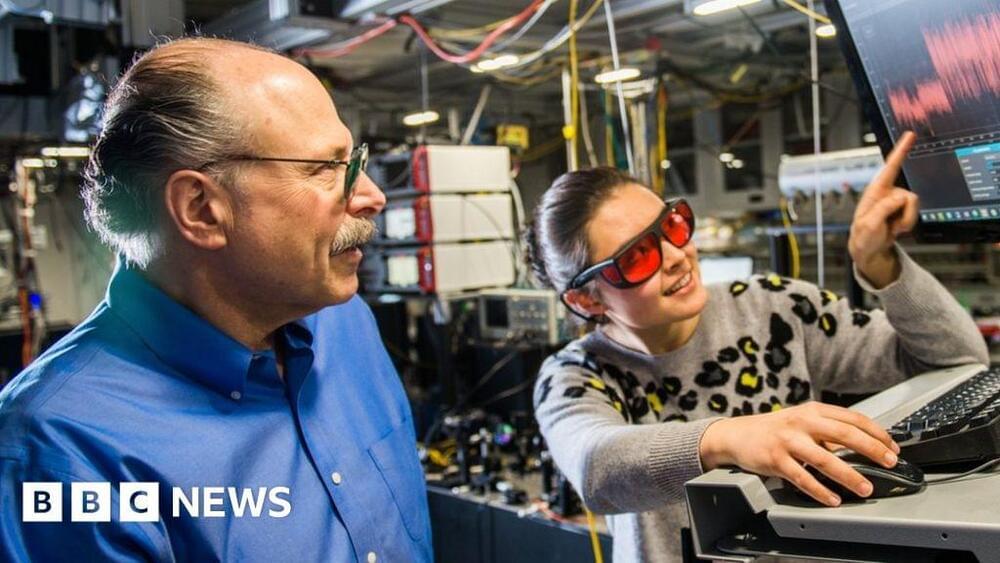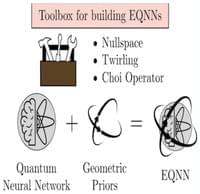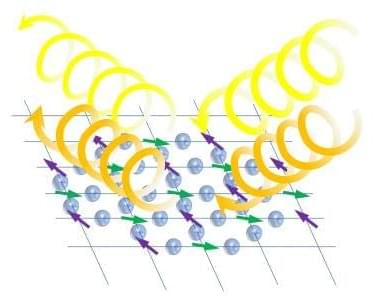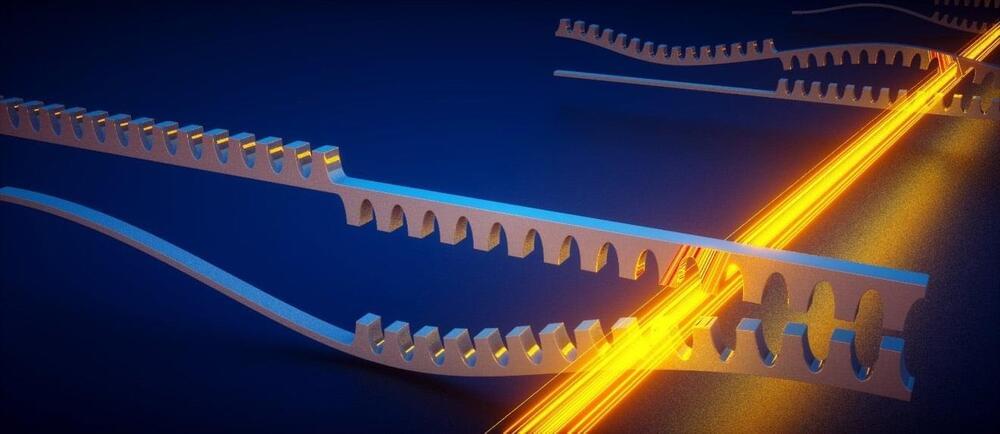Can we address mysteries of quantum mechanics by supposing that properties of objects long considered to have an independent existence are actually determined solely in relation to other objects or observers?
This program is part of the Big Ideas series, supported by the John Templeton Foundation.
Participants:
Carlo Rovelli.
Moderator:
Brian Greene.
00:00 — Introduction.
03:06 — Beginning of the Main discussion.
03:50 — How does Carlo Rovelli view the Quantum Measurement problem and Many Worlds theory?
12:47 — Relational quantum mechanics.
17:27 — Does this approach apply to relativistic quantum mechanics.
24:01 — What is needed to fully understand Quantum Mechanics?
28:30 — Summary.







